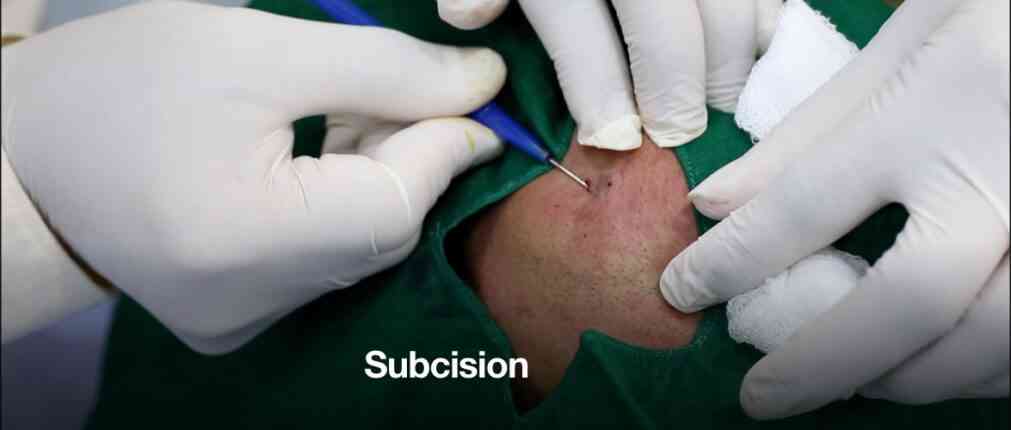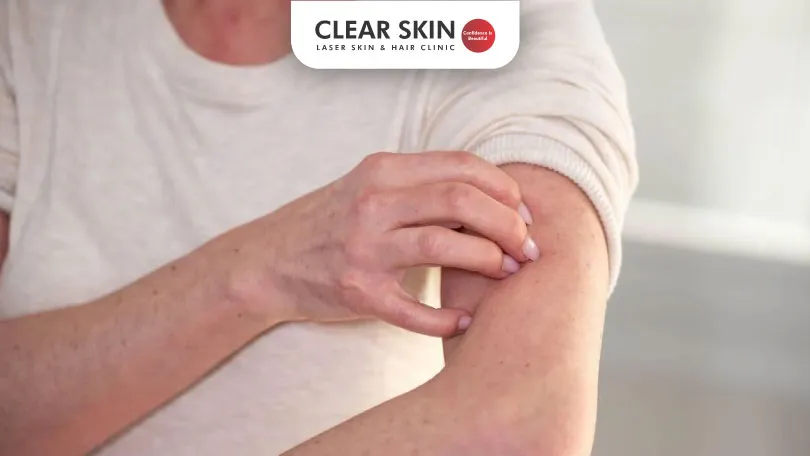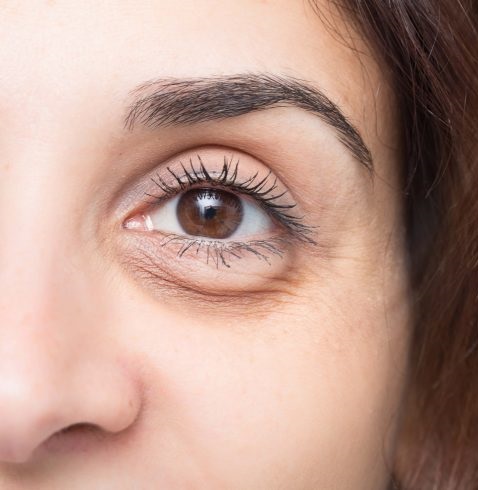Table of Content
How does the procedure work?
How is the procedure performed?
Treatment Duration
Risks of the procedure
How does the procedure work?
Subcision Treatment is a minor surgical procedure. It uses a special hypodermic needle to insert a puncture in the skin surface. As a result, the fibrotic strands that attach the scar to the underlying tissue break.
This release of fibrotic strands and collagen production allows cosmetic improvement of the valley scar
- Cleaning the treatment area.
- Marking the scar margins.
- Applying the local anesthetic.
- Using a special needle, appropriate to the depth and size of the scar to transect the fibrotic strands.
- Rotating and then removing the needle in a manner so as to minimize bleeding and hematoma formation.
- Ensuring the application of manual pressure and ice are to the wound for a few minutes to maintain hemostasis.
- Using anti-inflammatory medications and antibiotics.
Treatment Duration
The number and intensity of subcision treatment depend on the patient’s response to the treatment.
Moreover, the patient’s response depends on the type, location, severity of scarring and intensity of the subcutaneous incisions.
In fact, on average, patients require around 3-6 subcisions treatment sessions for most cases of moderate scarring.
Also, there is a one-month interval between two consecutive sessions. The number of sessions would differ from person to person. This is because individuals differ in their ability to form scar tissue.
Risks of the procedure
- Hematoma
- Pain and tenderness at the treated site
- Hypertrophic or keloid scar formation
- Post-inflammatory hyperpigmentation
- Localized acne
- Rarely, injury to nerve or blood vessel
- Lack of improvement in the appearance of the scar
It is important to take care of skin post-procedure.
In fact, those with a history of keloid or hypertrophic scars, bleeding as well as clotting disorders, active bacterial or viral infection should avoid this procedure.
However, subcision treatment is usually a well-tolerated, outpatient procedure.
Moreover, it works best in combination with rf microneedling, topical retinoids, TCA peels, or fractional lasers.











